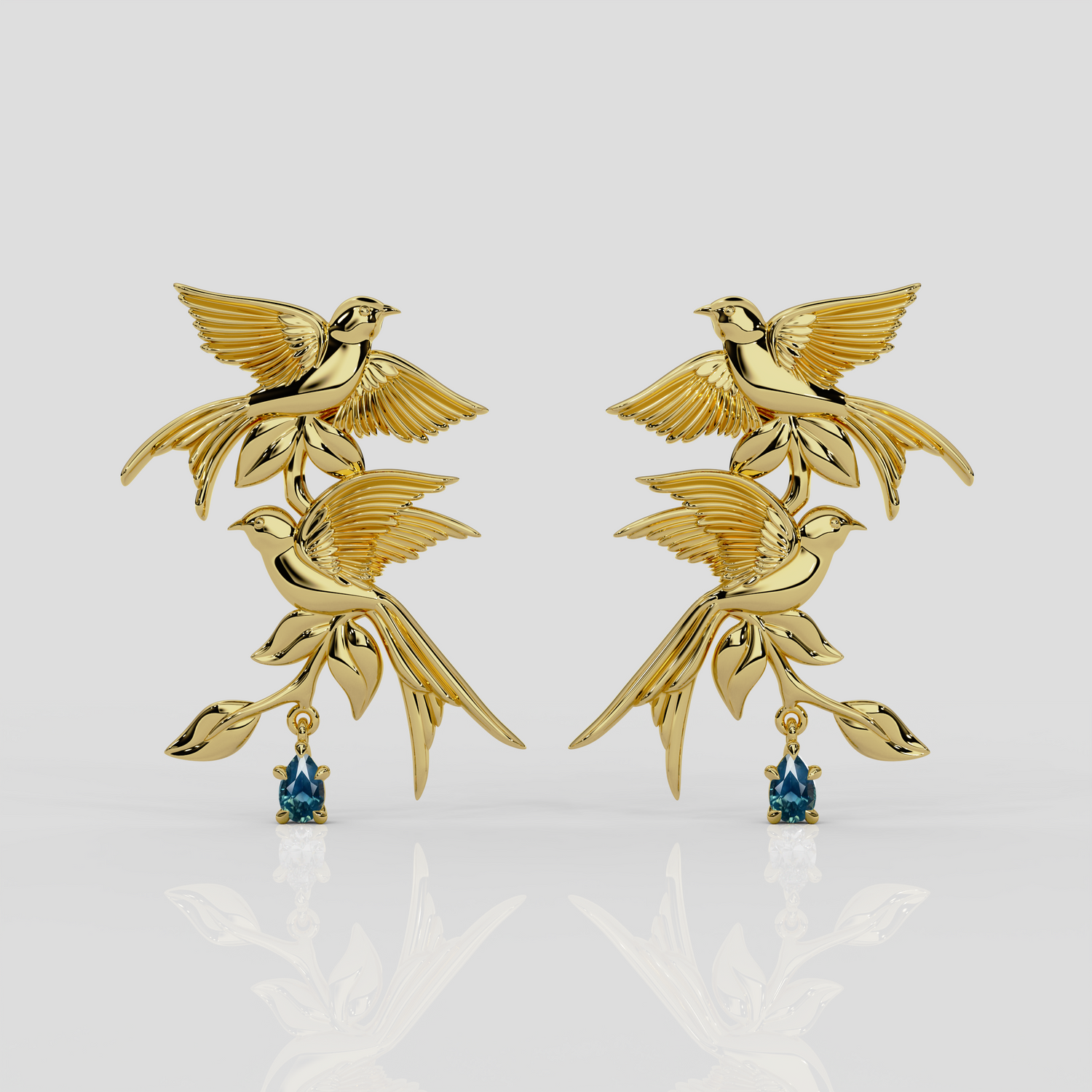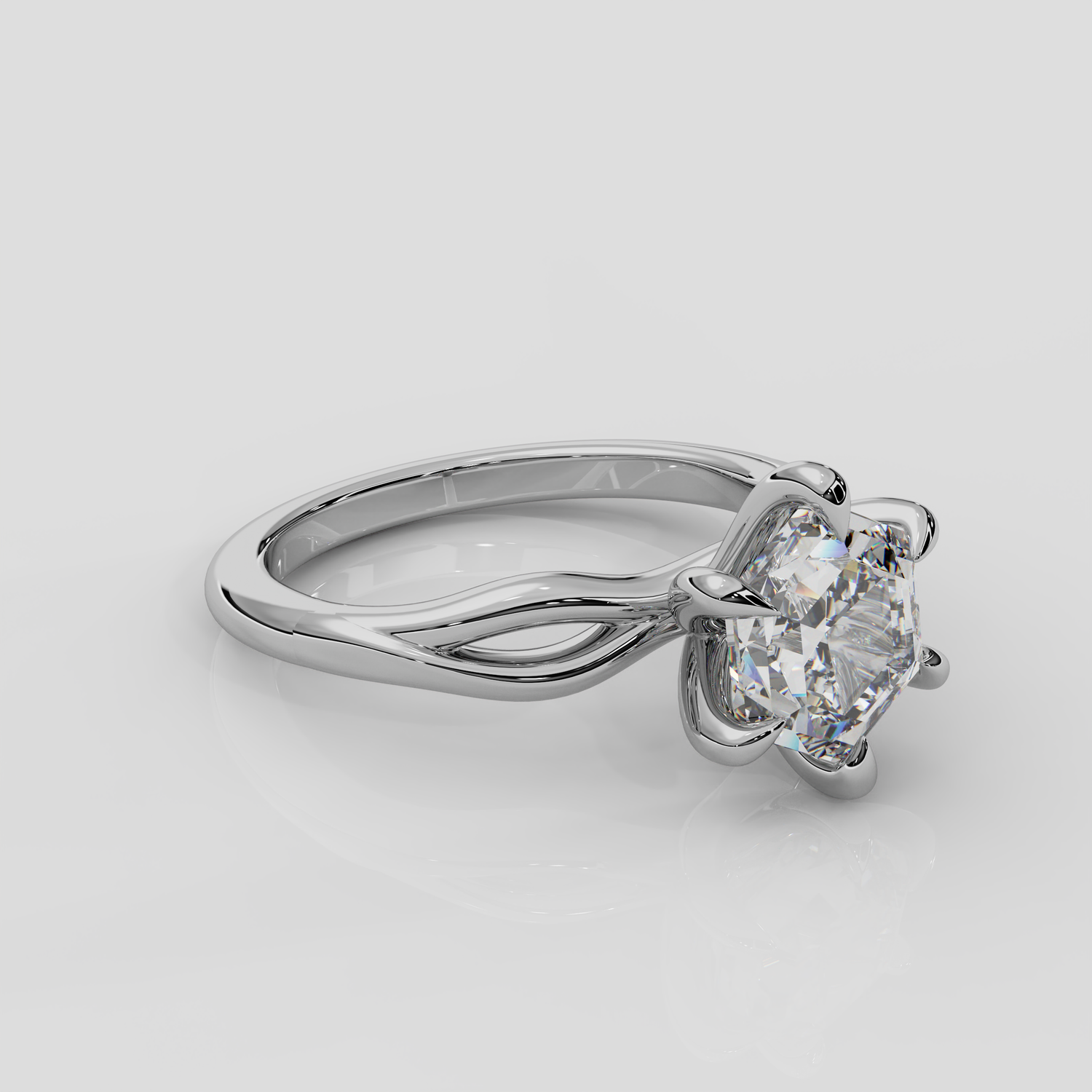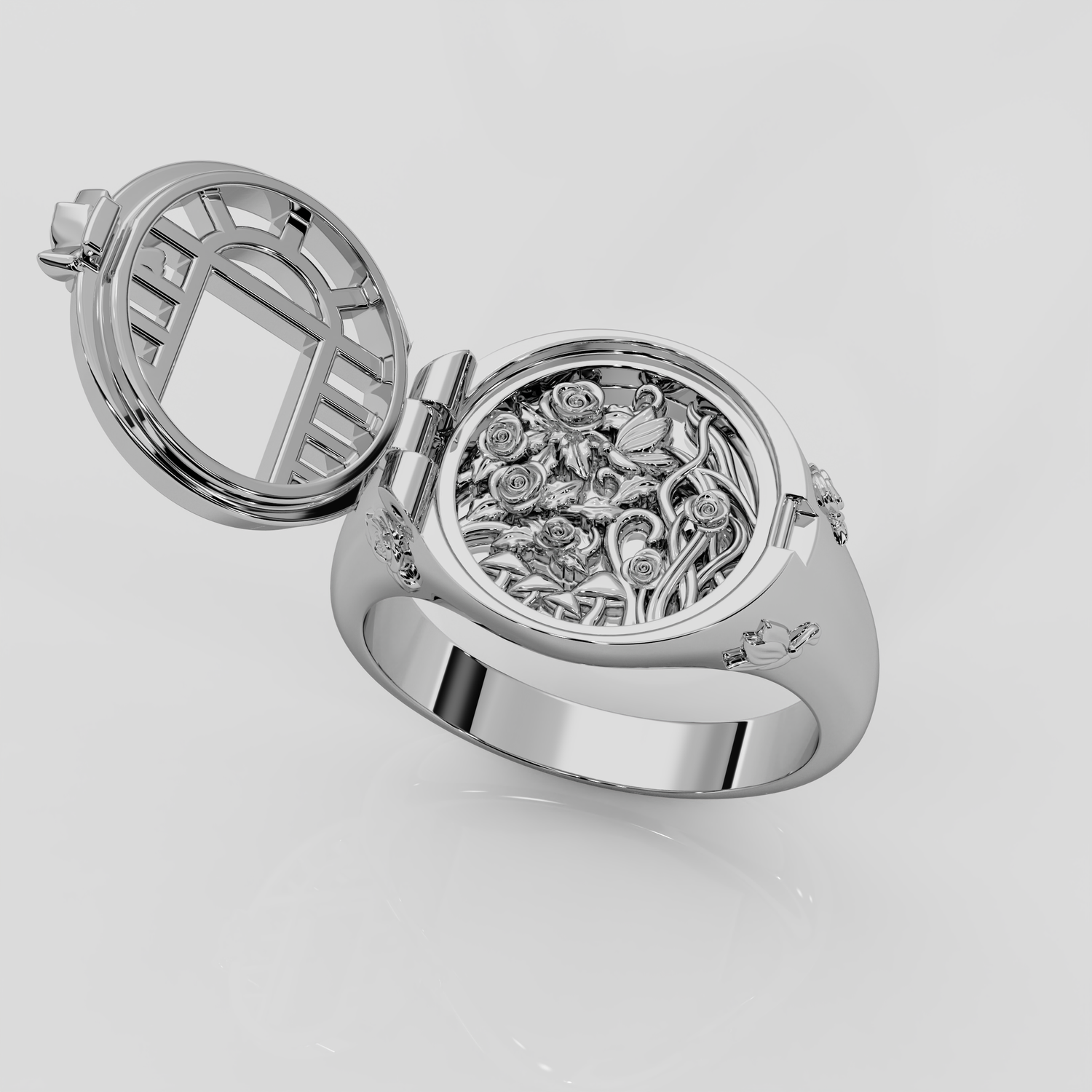Which Metal Should I Choose?
A guide to 18ct yellow gold, 18ct white gold, and platinum, identifying the differences between these metals and helping you discover the best metal for your design.

Metals
18ct Yellow Gold
Yellow gold retains its warm, golden hue, closest to pure gold. It is alloyed with metals such as copper and silver to enhance strength without altering its natural colour.
Yellow gold exudes a classic, luxurious charm that’s perfect for traditional and vintage-inspired designs.
At 18ct, it’s strong enough for everyday wear while maintaining its rich color.
Yellow gold is often less likely to cause skin sensitivities compared to white gold.
Yellow gold is great for traditional jewellery styles like wedding bands and engagement rings, and complements warm-toned gemstones like rubies and emeralds.

Metals
18ct White Gold
White gold is created by alloying gold with metals like palladium, silver, or nickel and is coated with a layer of rhodium for a bright, reflective finish.
Without rhodium plating, its natural color is a pale yellowish-white.
White gold offers a sleek, contemporary aesthetic that complements diamonds and cool-toned gemstones.
18ct white gold is robust, but the rhodium plating may wear over time and require reapplication to maintain its shine.
It provides a similar look to platinum at a more accessible price point.
White gold is great for modern and minimalist designs, as well as pairing with diamonds or cool-toned gemstones like sapphires and aquamarines.

Metals